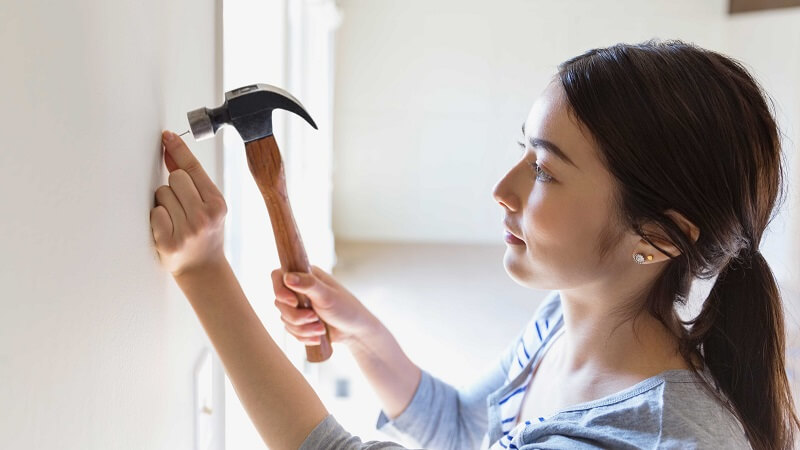Handling minor home repairs can be both empowering and cost-effective. Whether it’s a leaky faucet, a squeaky door, or re-lighting your pilot light, mastering these skills saves you time, frustration, and money. The good news? You don’t need to be a professional handyman to get the job done.
This guide will walk you through tackling some of the most common household issues, and even point out when it’s better to call in an expert, like fixing your tankless water heater in Layton. By the end of this post, you’ll feel confident handling small repairs and keeping your home in tip-top shape.
The Basics of Household Repairs
1. Fixing a Leaky Faucet
A dripping faucet isn’t just annoying – it can waste gallons of water and increase your utility bill. Here’s how to fix it in a few simple steps.
- Step 1: Turn off the water supply beneath the sink.
- Step 2: Remove the faucet handle by unscrewing it.
- Step 3: Inspect the washer inside the faucet and see if it’s cracked or worn out.
- Step 4: Replace the washer with a new one and reassemble the faucet.
Pro Tip: Keep basic tools like an adjustable wrench and plumber’s tape handy for these kinds of fixes.
2. Repairing a Running Toilet
A running toilet can waste hundreds of gallons of water each day. Luckily, it’s one of the easiest fixes you can handle on your own.
- Problem 1: The flapper is worn out. Replace it with a new one from your local hardware store.
- Problem 2: Adjust the float mechanism. If the water level is higher than the overflow pipe, it may be time to lower the float.
- Problem 3: Tighten the chain connected to the flapper if it isn’t able to close all the way.
These quick adjustments can make your toilet efficient once again!
Addressing Slightly Bigger Repairs
3. Patching a Hole in Drywall
Whether it’s from moving furniture or an accidental bump, drywall damage is common. Fixing it yourself is both cost-effective and easy.
- Step 1: Use a utility knife to clean away loose plaster.
- Step 2: Apply a patch if the hole is larger than 1-2 inches.
- Step 3: Cover the patch with spackle or joint compound, then sand it smooth once dry.
- Step 4: Paint over the repair for a seamless finish.
Pro Tip: Keep extra paint on hand that matches your walls.
4. Unclogging a Sink Drain
Clogged drains can cause slow water flow and bad odors. Save yourself a plumber visit with these steps:
- Use a plunger for minor clogs. Make sure there’s some water in the sink, then plunge vigorously.
- For tougher clogs, run a drain snake through the pipe to break apart debris.
- Avoid chemical cleaners that can damage pipes long-term; try a mixture of baking soda and vinegar for a natural solution.
This simple DIY approach works for kitchen and bathroom sinks!
When to Call a Pro
Sometimes, household repairs are complex enough to require professional help. For example, addressing electrical issues or a broken tankless water heater in Layton are jobs best left to the experts. Attempting such repairs alone could pose safety risks or lead to bigger problems down the road.
Take note that calling in a professional may save time and money in the long run for these high-skill tasks.
Wrapping Up
Whether it’s fixing a leaky faucet, patching a drywall, or stopping a toilet from running, taking control of common household repairs is both empowering and satisfying. With the right tools and these easy-to-follow tips, you’ll not only save money but also keep your home in good working order. Just remember to call the pros when specialized skills or safety are at stake.
